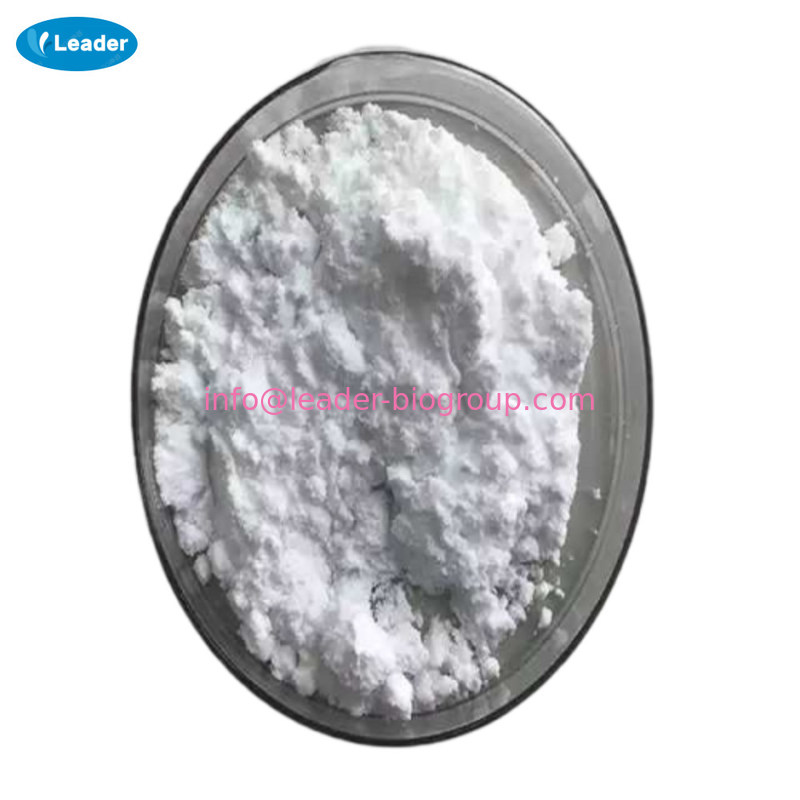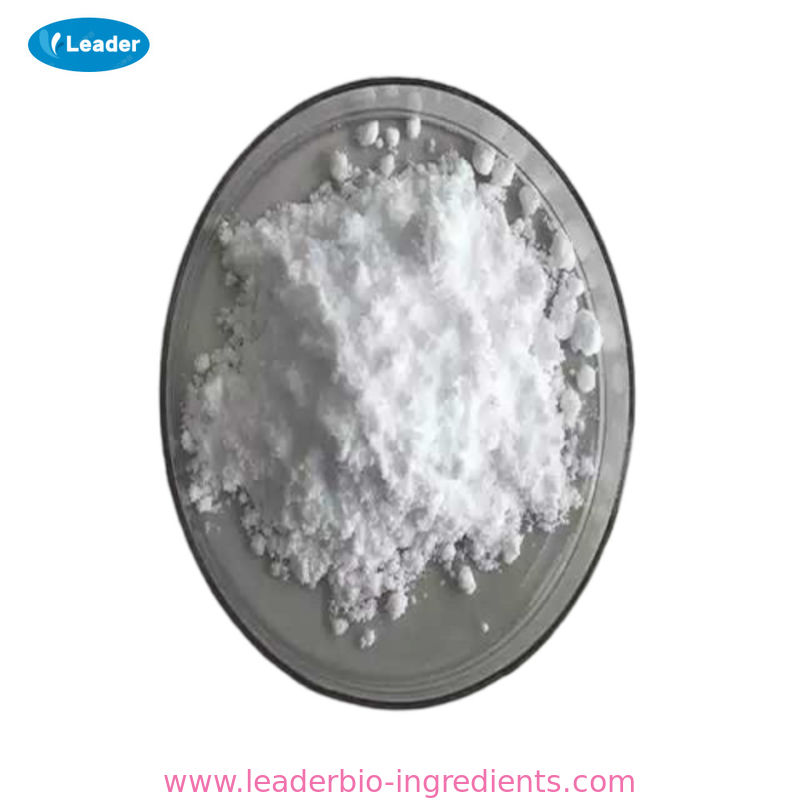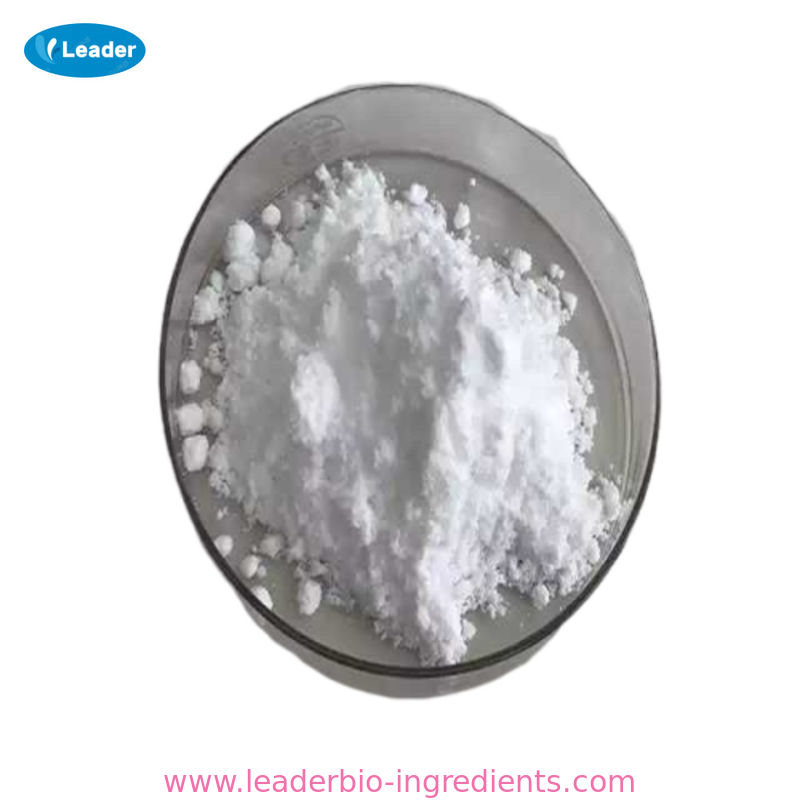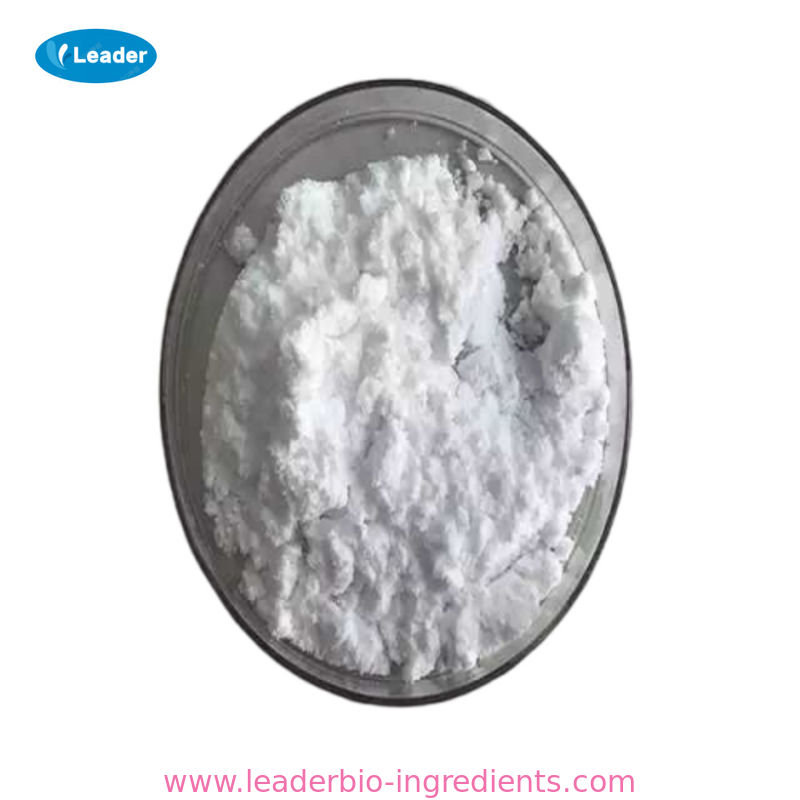
China Northwest Factory Manufacturer Guandine Thiocyanate Cas 593-84-0 For stock delivery
-
Purity99.9%
-
UseHealth Care
-
OriginChina
-
Package1KG/Tin 25KG/Drum*Carton
-
ManufacturerXI'AN LEADER BIOCHEMICAL ENGINEERING CO.,LTD
-
Place of OriginCHINA
-
Brand NameLeader
-
CertificationISO,GMP,SGS,HALA,KOSER,HACCP
-
Model NumberLD
-
Minimum Order Quantity25KGS
-
PriceNegotiate
-
Packaging Details25KG/Drum
-
Delivery Time2-3 working days
-
Payment TermsWestern Union, MoneyGram, T/T, L/C
-
Supply Ability10MTS/Month
China Northwest Factory Manufacturer Guandine Thiocyanate Cas 593-84-0 For stock delivery
| Guanidine thiocyanate Usage And Synthesis |
| Uses | Guanidine thiocyanate has been used: • for the lysis of colorectal adenocarcinoma cell line prior to RNA isolation • as a PCR inhibitor in triplex mitochondrial DNA (mtDNA) qPCR assay |
| Biochem/physiol Actions | Guanidine thiocyanate is a denaturing agent and is used routinely in RNA isolation. It is used as a storage buffer for whole blood samples. Guanidine thiocyanate inactivates nucleases and is ideal for storing and freezing fecal samples for DNA studies. It is used in combination with phenol−chloroform in RNA extraction. |
| Description | Guanidine thiocyanate is one of the cheapest and easiest to prepare of the guanidine salts. Guanidine Thiocyanate is an ultrapure, molecular biology grade reagent. It is free of detectable nuclease and protease activity and is a strong protein denaturant, as both the guanidinium cation and the thiocyanate anion are chaotropic agents. It is provided in one bottle containing 500 g. It is recommended for isolation of RNA, especially for tissues such as pancreas with high levels of RNase activity. In solution, it is known as guanidinium thiocyanate. Guanidine Thiocyanate is thoroughly tested for contaminating nonspecific endonuclease, exonuclease, and RNase activity. |
| Uses | It is mainly used for biomedicine, chemical reagents. Guanidine thiocyanate is a potent protein denaturant (stronger than guanidine HCl) often used in the isolation of intact ribonucleic acid to eliminate RNase activity. RNase can recover activity after boiling, but is irreversibly inactivated in a 4 M solution of guanidine thiocyanate. Such solutions, to which the reducing agent b-mercaptoethanol is often added, are used to inactivate RNAse when isolating RNA from tissues that are rich in RNase, such as liver. Total nuclear and cytoplasmic RNA may be isolated this way. A protocol for extracting RNA with guanidine isothiocyanate has been published. In the presence of guanidine thiocyanate, proteins dissolve readily, cellular structures disintegrate and nucleoproteins dissociate from nucleic acids, as protein secondary structure is lost. |
| Toxicity evaluation | Guanidine thiocyanate is used commercially as a disinfectant and a general protein denaturant but its more common use is in the extraction of DNA and RNA in molecular biology. Нere are no reports of guanidine thiocyanate toxicity from oral ingestion. Toxicity of diوٴerent thiocyanate compounds other than guanidine thiocyanate has been described. Potassium thiocyanate was used over 50 years ago for the treatment of hypertension and its toxicity appears to cause a neurological disorder consisting of generalized weakness, delirium and a decrease level of consciousness. Reports of thiocyanate toxicity from nitroprusside use for hypertension in the setting of renal impairment/failure have also been reported as thiocyanate is renally cleared. In a fatal deliberate ingestion of a herbicide which contained ammonium thiocyanate and aminotriazole, a 54 year old man presented with coma and cardiovascular collapse although the relative contributions of the two herbicides to the clinical toxicity is unknown. |
| Chemical Properties | White cryst.powder |
| Uses | Potent protein denaturant used in isolation of intact DNA, RNA. |
| Hazard | Irritant. |



